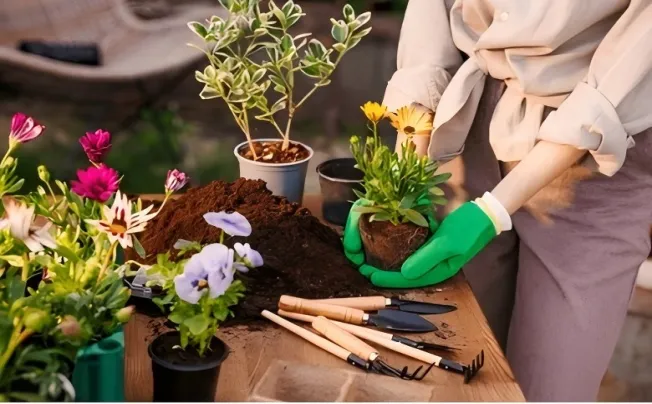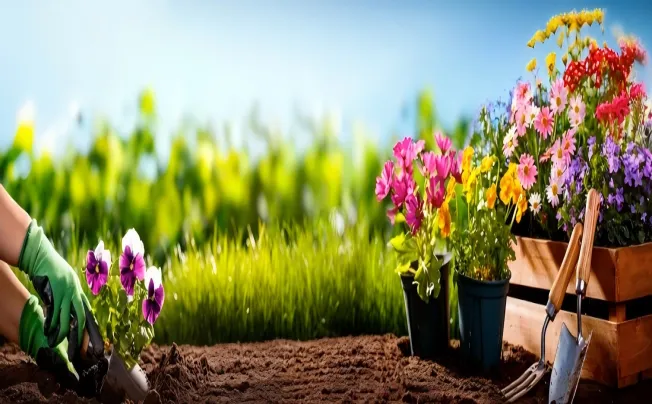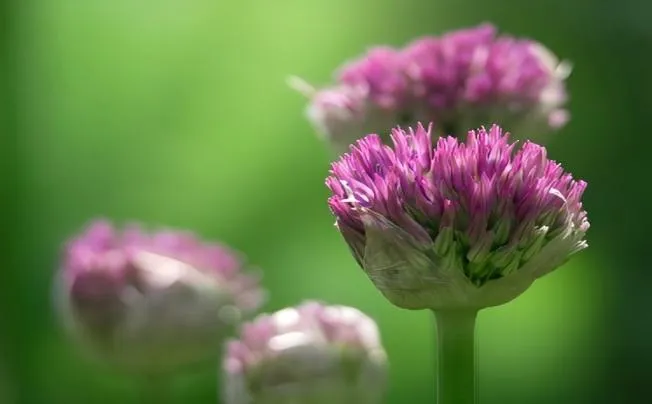How Do You Distress A Galvanized Flower Pot?
In the world of gardening, every element can become a carrier of personality and style. And an old galvanized flower pot can often inject a different flavor into your green space.
Why do we need to age galvanized flower pots?
Create a vintage vibe
Retro fashion is growing in popularity in today's hectic world. An antique galvanized flower pot appears to be narrating a history with each scrape and rust. You can quickly create a peaceful and lovely retro mood in your garden by placing a flower pot like this against the surrounding flowers and plants. This will turn your garden into a haven away from the bustle.
Fusion by nature
Coexisting peacefully with nature is the essence of gardening, and the old galvanized flower pot offers special benefits in this respect. It can more easily blend into the garden's natural landscape because to its slightly rough surface after treatment and its natural-looking colour tone. It won't appear jarring whether it is combined with vibrant flowers or lush succulents.
Complementing various styles
The vintage galvanised flower container is highly compatible and may be used with a variety of gardening techniques. In a modern minimalist balcony garden, it can be used as a personalized embellishment to bring a distinctive sense of art to the plain space; in a Japanese courtyard, it can be paired with a few unusually shaped pine trees or bamboos to reflect the simple and peaceful Zen; and in an English country-style garden, it can be combined with roses, lavender, and other flowers to create an elegant and romantic atmosphere. The vintage galvanized flower container can be the last touch in any gardening design.
Develop your artistic sensibility
The ageing process is actually a form of creativity from an artistic perspective. The galvanized flower pot is given new life and artistic value by employing several techniques to give it a distinctive antique appearance. It now resembles a finely created piece of art rather than merely a container for plants.

Practical steps: How to transform a flower pot step by step
1. Tidy up the flowerpot
To begin, fill a basin with warm water and add a suitable quantity of mild detergent. After that, gently wipe the flowerpot's surface with a soft sponge or cloth to get rid of any dust, dirt, or other contaminants. For some stubborn stains, you can wipe it a few more times with a little force, but be careful not to use too much force to avoid scratching the flowerpot. After cleaning, rinse the flowerpot with clean water to ensure that there is no detergent residue. Finally, place the flowerpot in a well-ventilated place and let it dry naturally, or wipe it dry with a clean towel to prepare for the subsequent aging treatment.
2. Shining
Depending on the desired ageing effect, we can select the appropriate tool. A wire brush is a fantastic option if you want to produce a more noticeable and rugged wear impression. The edges, corners, and raised areas of the flowerpot are particularly vulnerable to wear in the natural environment, so hold the wire brush and move it back and forth over the flowerpot's surface with a moderate amount of effort. The galvanised layer will be gradually removed by the wire brush as it advances, exposing the underlying metal and displaying a texture that has been worn down by rain and wind.
Sandpaper works better in circumstances when you want to create a delicate, organic worn impression. Place a piece of coarse grit sandpaper, like 80 grit, flat on the flower pot's surface to begin. To make the galvanised coating on the flower pot's surface originally worn, polish it uniformly in a single direction. For additional polishing, use sandpaper with a grain size of 120. In addition to making the surface flatter and smoother, this procedure can also make the wear marks more consistent. Lastly, give the flower pot's surface a gentle texture by fine-polishing it with 240 grit sandpaper. To guarantee that the perfect ageing effect is obtained, periodically check the flower pot's surface while polishing and modify the polishing force and direction based on the circumstances.

3. White vinegar erosion method: First, prepare a container and mix white vinegar and water in a 1:1 ratio. The acidic components in white vinegar can react chemically with the galvanised layer, speeding up the rusting process. Next, apply the mixed white vinegar solution evenly to the flower pot's surface, covering every part. If you want a more uniform effect, you can also soak the flower pot directly in the white vinegar solution, but be careful not to soak it for too long to prevent excessive corrosion.
You will see that a few little bubbles will slowly start to form on the flower pot's surface after applying or soaking it. This is an indication that a chemical reaction is occurring. As time passes, the flower pot's surface will gradually develop rust and darken in hue. Keep a close eye on the flower pot's changes throughout this process. After the rust level is acceptable, rinse the flower pot with fresh water to get rid of any remaining white vinegar solution, and then pat dry. The flower pot has currently displayed a distinctive natural rust look.
4. Coating and colouring
First, pick a pigment that is appropriate for outdoor use, like metallic paint, which is weather-resistant, durable, and can maintain colour brightness for extended periods of time outside. Select the colour based on your personal tastes. Dark brown, bronze, and other similar hues can be used to create a plain environment; vivid colours can also be used to demonstrate a distinct personality.
Before colouring, use a brush or spray gun to uniformly apply the paint to the flower pot's surface after fully stirring it.
When applying, be mindful of the consistent thickness to prevent uneven colour blocks or flow markings. Allow the paint to cure naturally after colouring; this could take a few hours or longer, depending on the paint kind and ambient humidity. Apply a coat of protective paint, like varnish, to the surface once the paint is totally dry. It can prevent the paint from wearing off too quickly while also making the flower pot's surface glossier and more attractive.
Note: Safety and detail control
Wear gloves and goggles throughout the entire procedure. Gloves can prevent our hands from corroding when using chemicals like white vinegar and from getting scratched when using tools like sandpaper and wire brushes. Goggles can shield our eyes from the particles that are splashed during grinding and the droplets that may form when white vinegar reacts. Make sure the workspace has adequate ventilation at the same time, particularly when applying paint and white vinegar. White vinegar's and paint's volatile odours can be quickly dispersed by adequate ventilation, protecting our respiratory systems from irritation.
White vinegar's concentration and action time must be carefully regulated when applying it to ageing and erosion. In addition to reducing the flower pot's service life, excessive concentration or an extended action period can create excessive corrosion, which can also exacerbate the ageing impact and sap the pot's inherent attractiveness. To prevent local over- or under-treatment, care should also be taken to ensure consistency in strength and technique during the grinding and colouring processes. Success or failure is determined by the details. A satisfactory galvanised flower pot can only be created by paying close attention to every detail.

Selected Blogs
-
What customization services are available for metalworking customization?
2024-12-12
-
What Is The Difference Between A Plant Container And A Raised Bed?
2024-04-23
-
Garden Screening & Fence Panels
2024-04-23
-
Gardening pot selection tips
2024-04-17
-
The function and collocation of horticultural fire pot
2024-04-17


